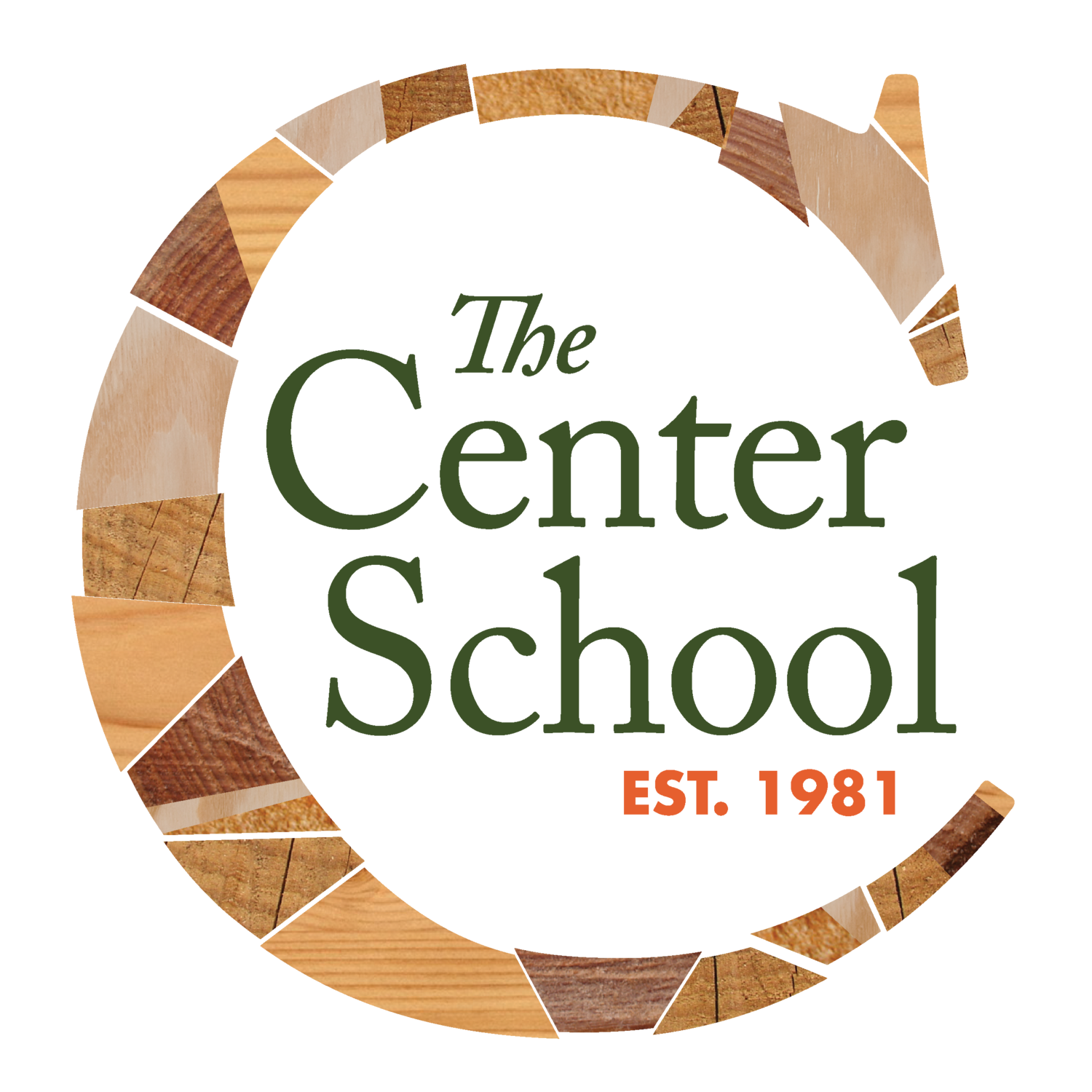Creative Application in Math (6th Grade)
One thing about me is that I love math, I love puzzling through and trying to prove my thinking. One thing I know as a math teacher is that not everyone feels that same way or finds joy in solving problems. That means one of my goals as a teacher is to create ways for students to find fun in learning about something that most deem their least favorite subject.
One way to add some excitement to a math class is through a creative project. The current unit 6th graders are finishing up is all about unit rates and percentages. In order to liven up this subject, 6th graders are creating themed restaurants. Math class can often be formulaic and repetitive, so being able to design something that is completely based on your own interest is a way to maximize student engagement. Once they are invested in the project, they are better able to see how the work we have done can be applied to a real life situation.
For this project, students are tasked with deciding on a theme for their restaurant. Using that theme, they create a menu with item descriptions and prices. As a person who truly loves going out to dinner, it is always interesting to see what themes students are drawn to in a restaurant. This is the second year of doing this project here and both years there have been Cat Cafes and Super Specific Burger restaurants. Last year, the burger restaurant was dinosaur themed, this year we have Muhammed Al-Eats (a boxing themed burger place). By offering such a creative outlet for their math thinking to start, students develop some strong buy-in for doing the more challenging math that accompanies this project. They are driven to complete the next steps because they are dedicated to their themed restaurants.
After students create their menu and price their items, the challenge is to find the difference between the cost of your ingredients and the price you are charging. Students find a recipe and price out all the ingredients from a local grocery store. They source their ingredients with the understanding that they may need to buy more than one of an item, so they need to account for the units the given ingredient is measured in. Then using the serving size of their recipe, they divide their cost by the number of servings to find out the amount it costs their restaurant to make the dish. Often this is when I hear feedback from students realizing that they are way under, or sometimes way over, charging on their menu. The goal here is twofold - students are finding the rate per one serving, but they are also getting to experience what many businesses go through when trying to figure out what to charge the clientele. Students are often surprised by the cost of food and in turn are surprised to find out how much a restaurant would need to charge in order to make a profit. There is also a discussion at this point about the percent of profit a business would want in order to run.
At this point our discussion turns to deeper questions about how our economy works and how prices need to be thoughtful and adjustable as costs change. It opens a discussion on how a smaller or larger profit might impact your business. We also discuss how as the owner you have to think about your employees and how you can be sure to support their financial needs. Some questions we may consider include: If tipping is common and roughly 20%, can you take that out of what you would pay a worker? If workers keep coming and going, because they can get paid more at a different restaurant, will the quality of the food and service at your establishment suffer? And finally, how much money, as the restaurant owner, would I need to make from the business in order for it to be worth my time and investment?
Students work for a few days on their profit calculation and then it is time to “visit” each other’s restaurant. Getting a random menu, students are tasked with putting together a bill based on what they would want to order. Then, students calculate a 7% tax (we are rounding up from the Massachusetts 6.25% tax) and choose between a 15% and 20% tip to leave. We have practiced finding 1% and 10% and have strategies for both (dividing by 100 or 10 respectively) and apply this to their tax and tip thinking. They have a budget of $150 to go out to eat with, so they also need to be mindful not to go over their budget, including tax and tip.
As a math teacher, this project represents one of my favorite questions I get from students: “Why do I need to know this?” The likelihood of all 9 of these students opening up a restaurant is low, but not impossible. They also may want to open a different business someday. They also may never find a place in their futures to use this information. But they have it. And more than just knowing how to find a unit rate or a percentage using a formula, they have a real world problem to solve with that math and a lens to help them think deeply about the economy and their place within it. They also have their own unique strategy to approach this puzzle. Some students will find 1% and then multiply that by 20 to find their tip, some will move the decimal to find 10% and then double that. It becomes their puzzle to solve and hopefully they will find a spark of joy at facing that puzzle.


